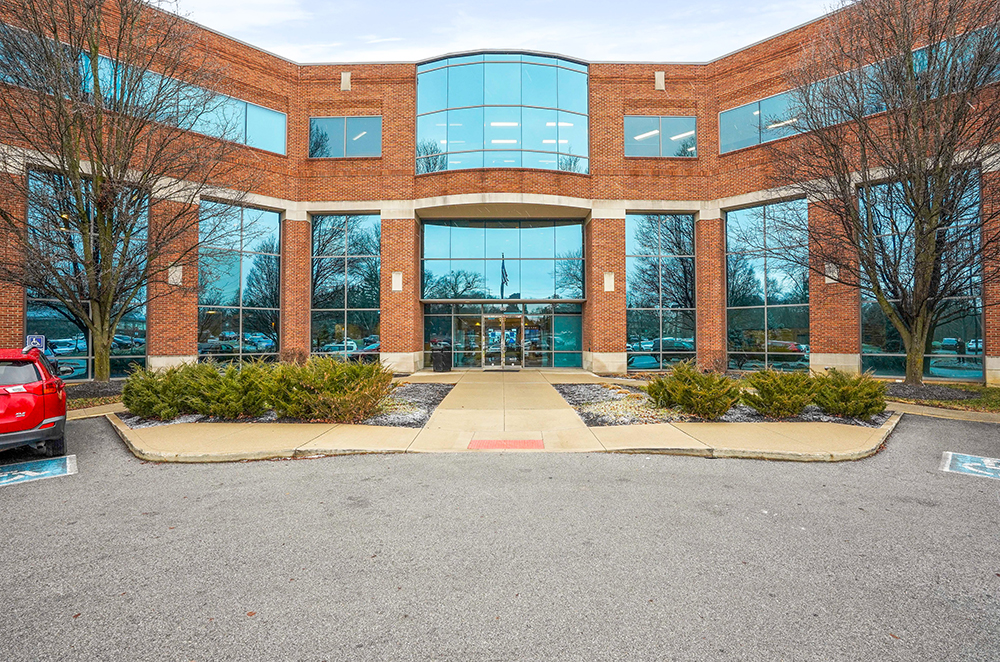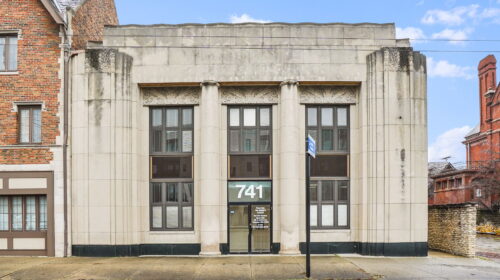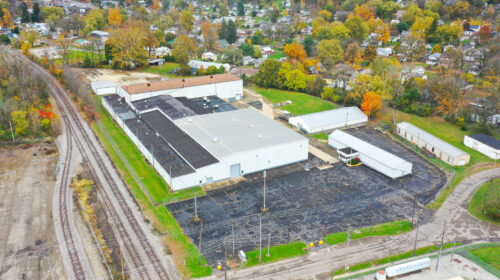Post-COVID Trends In Healthcare & MOB Properties
Our office gained some serious momentum in March, closing 29 commercial transactions for the month. These transactions included a significant number of medical office buildings (MOBs) so we thought we’d take this opportunity to take a closer look at these notoriously stable assets and ask our experts what they are seeing post-COVID in the sector, and the trends we can expect to see in 2022.
Emphasis on Healthy Buildings
It’s no surprise that as we emerge from a pandemic, medical office building trends would include an emphasis on “healthy” buildings. Initiatives such as improved ventilation and air quality, as well as higher standards with regard to cleaning protocols, will be high on the list, explained NAI Ohio Equities President, Mike Simpson and Senior Vice President of Office Brokerage, Matt Gregory.
Lease Rates are Going Up and Tenant Improvement Allowances are Decreasing
As with all sectors of commercial real estate, rising construction costs are having an impact on lease rates. Ground-up new construction is starting around $21-$22 per square foot for a triple net lease in Central Ohio, explained Gregory.
This assumes that the landlord is not contributing more than $60 per square foot in tenant improvements. If the landlord is contributing beyond that, then the overage typically is amortized into that starting rate, and you could see rates start at $24-$25 per square foot. The average starting lease rate for a Class A, on-campus medical building in the Columbus market is about $17.50 per square foot for a triple net lease. Additionally, annual increases are larger than we’ve seen historically. Many REITs have pushed their annual increases to 3%, up from between 2-2.5% in the past, he added.
Behavioral Health Demand
Despite an increased number of traditional medical facilities refraining from signing new leases during the pandemic, we’ve seen more leases signed for mental health and counseling practices over the past two years, than we have in the previous five years, said Gregory.
The pandemic highlighted a deficit in behavioral health providers. Because of this, we have seen and will continue to see, an uptick in demand by behavioral health providers through 2022, he added.
Better Patient Accessibility
Perhaps the most significant takeaway in MOBs going forward is a shift toward the development of “close to home” centers in suburban areas and a drive to locate near hospital systems. It’s all about accessibility. Wherever hospitals are building and signing, tenants are following, said Gregory.




